When you hear
the word “comic book”, your mind probably jumps to bright colors, graphic art,
heroes, villains, capes, masks, all different shapes of speech bubbles, and, of
course, the good-old comic publishers
Marvel and DC and their anthology of
iconic characters.
اضافة اعلان
Recently, these international comic
publishers have drawn flack for moves that have alienated certain cultures while
exalting others. For instance, Marvel turned a blind eye toward the Arab world
when it announced a recent decision to resurrect Israeli superhero “Sabra” from
print comic archives, incorporating the character into the live-action Marvel
Cinematic Universe in the upcoming
Captain America: New World Order, which is
set to hit box offices in May 2024.
Sabra, an Israeli superheroine whose
name blatantly revives memories of the Sabra and Shatila Massacre committed
against Palestinians in Lebanon in 1975, has drawn criticism worldwide. Many
have accused Marvel of supporting the Israeli occupation of Palestinian
territories and dehumanizing Arabs.
In the face of all this, and with comics
increasingly under the spotlight, we looked into the Arab comic book hall-of-fame.
We found a treasure trove of vintage print publications reflecting Arab
history, culture, and norms, along with a file of newer additions that display
the clever talents of a younger generation of artist-authors.
Jordan News interviewed Bader Mohammed, a comic lover, to get his take on
all that Arab comic books have to offer.
“Arab comics are still in a formative
stage,” he said, “but this does not mean that we lack the talents and abilities
in the Arab region to reach a larger audience.”
As Arabs, he pointed out, “we need
stories to talk about culture and the suffering we see in many of our
countries.”
Here is a glimpse of the past and present of Arab comic books for
future cartoonists and comics lovers:
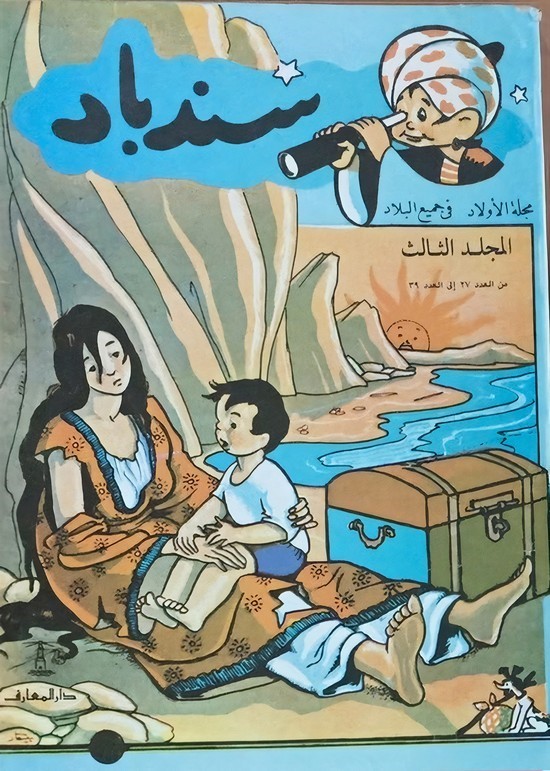 Sindbad
Magazine
Sindbad
Magazine
Sindbad was a weekly Egyptian magazine created by Muhammad Saeed
Al-Arian, which released its first issue on January 3, 1952, and its final
issue on July 7, 1960.
Sindbad
Magazine is known as the first children’s magazine in the Arab world. It was
distributed in all Arab countries, and the stories were written in an elegant
and interesting literary style to raise awareness among children on several
issues. The magazine also published many Arabic and translated stories of world
literature, as well as serial adventures featuring several episodes.
The main character is Sindbad, who has
embarked on a journey searching for his father, Shahbandar.
Nimrod, Sindbad’s dog, accompanies him
on his adventures. Other characters include Qamarzad, Sinbad’s sister Mushira,
his aunt, and Safwan, his cousin.
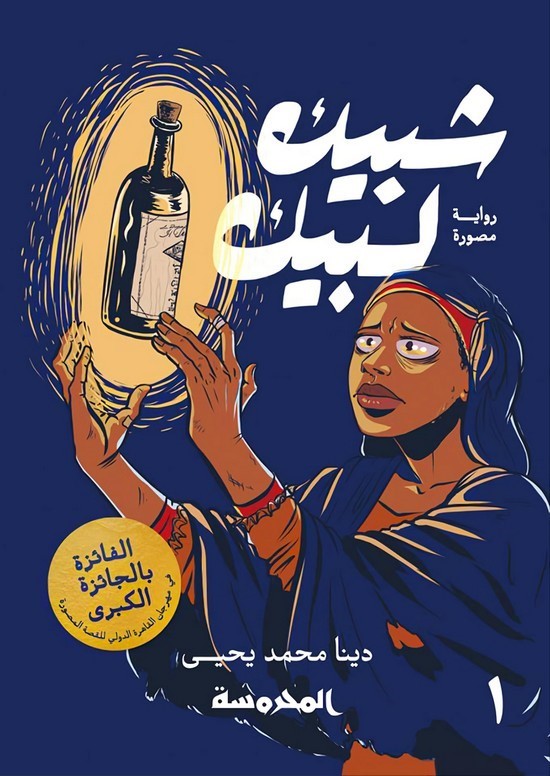 Shubeik
Lubeik
Shubeik
Lubeik
Artist-illustrator
Deena Mohamed’s main comics project,
Shubeik Lubeik, is a trilogy about wishes
published in Arabic and English. The story illustrates how three “first-class”
wishes impact the lives of the three main characters as they struggle to
realize their aspirations in a dramatically stratified world. The trilogy has
been awarded Best Graphic Novel at The Cairo Comix Festival (2017), Grand Prize
at the Cairo Comix Festival (2017), and finalist for the Mahmoud Kahil Award
(2018).
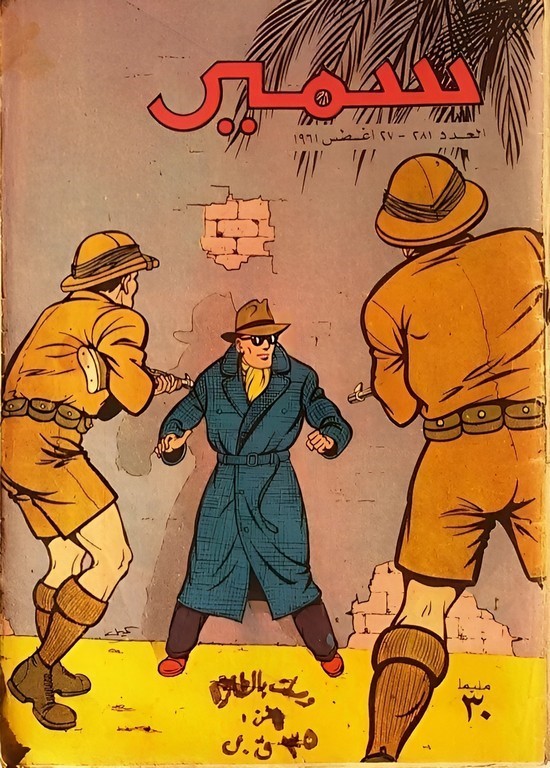 Samir
Samir
Egyptian
comic series Samir was one of the most widely read comic magazines in the Arab
world in the 1950 and 1960s. The magazine featured an intriguing mélange of pop
culture topics, nationalistic views, educational content, and gender issues,
illustrating how early expressions of mass print culture for children played a
role in the Arab world during a time of early postcolonial nation-building.
Underlying the magazine, which was
printed from 1956 through 1967, was the goal of instilling nationalistic values
in young Egyptian citizens during the formative years of the Egyptian republic.
Some of the regular comics contain characters adapted from the local culture,
including Basil, a young explorer who battles smuggler networks to defend Egypt’s
borders, and Samira, a young woman who frequently exemplified the intelligence
and grit of Egypt’s female role models.
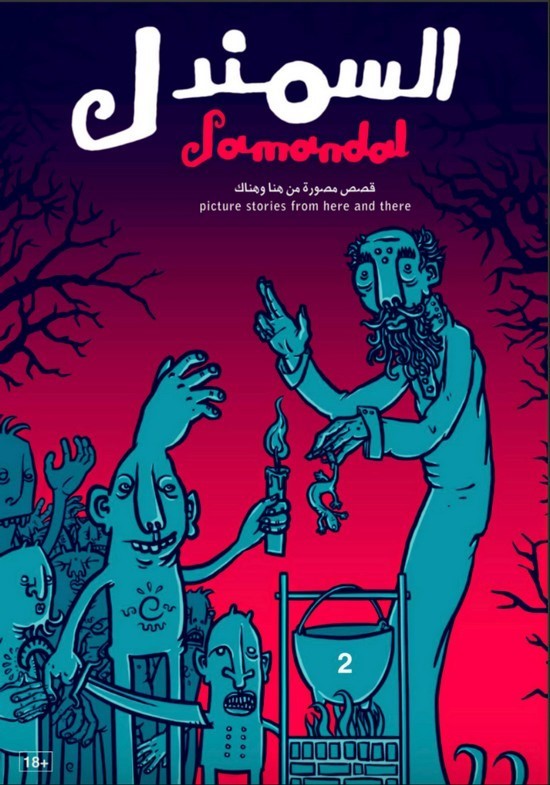 Samandal
Samandal
This
Lebanese comic magazine that is issued in three languages: Arabic, English, and
French. They aimed to increase the reading of comic books in the Arab world and
shift stereotypes that direct this art form almost exclusively towards children
readers. Samandal boldly addresses various important issues, distinguishing
itself from other mainstream magazines.
Throughout the pages, support is offered
for upcoming artists considering making comics a career path, inspiring them
and teaching them the importance of comics in reflecting on the social and
political events occurring in Lebanon and the rest of the Arab world.
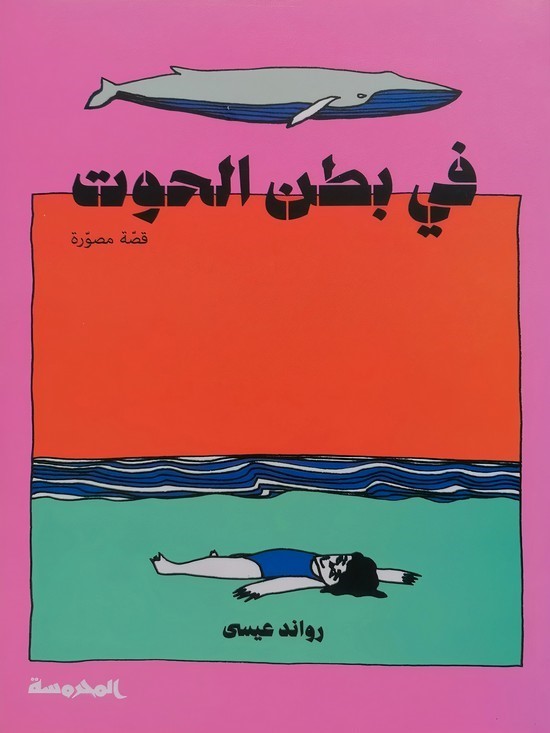 Fe
Batn Al Hoot or “Inside the Giant Fish”
Fe
Batn Al Hoot or “Inside the Giant Fish”
Fe Batn Al Hoot is a graphic novel
created by Rawand Issa. It documents the life of a girl who grew up beside a
beach that no longer exists. The story is inspired by true events that began in
the 80s and continue to this day, including the deteriorating economic
situation and violence witnessed in Lebanon. In the story, the girl is drowning
inside the belly of a whale, while trying to retrieve memories from the past.
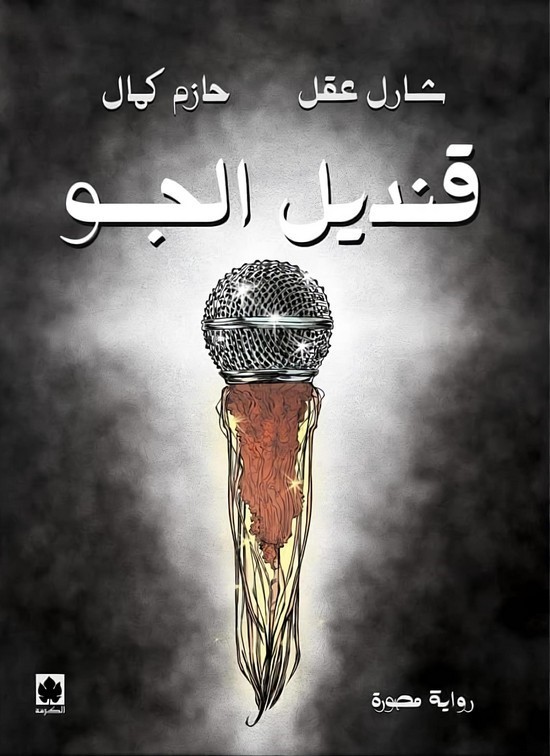 Qendeel
Al Jaw
Qendeel
Al Jaw
Amidst the noise and pollution of Cairo — an explosion of population and
waste — a new society is emerging, competing for land, air, and audio space.
Qendeel Al Jaw, written and illustrated by Hazem Kamal and Charles Akl in 2021,
follows the story of a group of passionate musicians who are trying in vain to
devote themselves to art, living as outcasts in a professional world. They know
only a few primitive techniques and musical tricks, which bring them contempt
and scorn from listeners.
Read more Books
Jordan News



